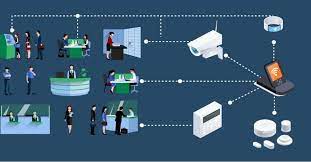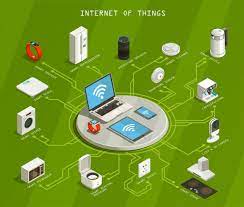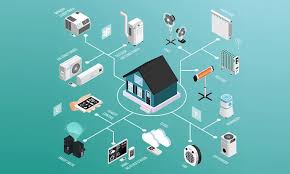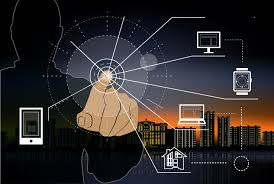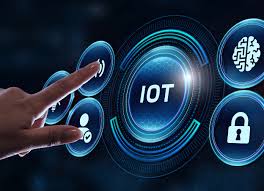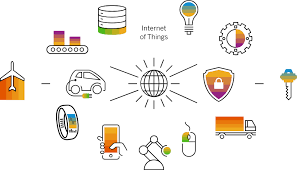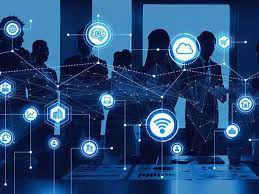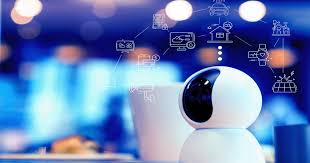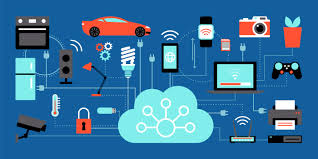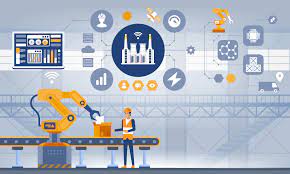01
Dec
The integration of Internet of Things (IoT) technology into digital banking presents several future perspectives and emerging technologies that have the potential to transform the industry: Enhanced Customer Experience: IoT devices, such as smartwatches and home assistants, can provide convenient access to banking services and real-time financial information, leading to a more personalized and seamless customer experience. Data Collection and Analytics: IoT devices can gather real-time data on customer behaviors, preferences, and spending patterns, providing banks with valuable insights to tailor products and services to individual needs. Risk Management and Security: IoT sensors can be utilized to monitor physical bank…
